Invasive Species Control Methods
- August 16, 2024
- 0 comment
Invasive species pose a significant threat to biodiversity, ecosystems, and economies worldwide. These organisms, often introduced by human activity, can outcompete native flora and fauna, leading to ecological imbalances. As such, managing these species is crucial for preserving natural habitats and ensuring the health of ecosystems. This article explores various methods for controlling these invaders, assessing their effectiveness and challenges.

Understanding Invasive Species
Invasive species organisms spread rapidly in new environments, often with detrimental effects. They can be plants, animals, or microorganisms and typically lack natural predators in their new habitats, allowing them to proliferate unchecked. The impacts are far-reaching, affecting native biodiversity, ecosystem services, agriculture, and even human health.
The Importance of Controlling Invasive Species
Managing these organisms is essential for several critical reasons. Biodiversity preservation is paramount, as these species often outcompete native flora and fauna for resources, drastically altering habitats and sometimes leading to the decline or extinction of indigenous species. They can also introduce diseases that native species have no resistance against, further endangering them.

Ecosystem health is compromised as these organisms disrupt key ecological functions such as nutrient cycling, pollination, and water purification, which can lead to a cascade of negative environmental effects. The economic impact is significant, as these species can severely damage crops, fisheries, and infrastructure, resulting in substantial financial losses for industries and communities. Furthermore, human health is at risk because some non-native species act as vectors for diseases or cause allergic reactions and other health issues. Therefore, controlling them is crucial to maintaining ecological balance, protecting economies, and ensuring human well-being.
Invasive Species Control Methods
Several methods are employed to control invasive species, each with its own advantages and limitations. These methods can be broadly categorized into mechanical, chemical, biological, and cultural controls.
Mechanical Control
Mechanical control methods are vital tools in managing invasive species by physically removing or disrupting them. Manual removal involves hand-pulling or digging up invasive plants, making it effective for small populations or early-stage invasions. Although environmentally friendly, this method can be labor-intensive and requires consistent effort to ensure complete removal.
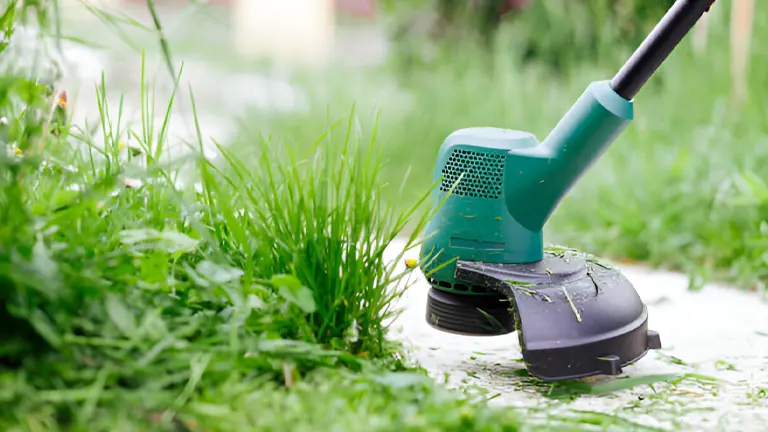
Mowing and cutting are effective for controlling the spread of invasive grasses and shrubs by preventing them from seeding. Regular cutting can limit their growth and eventually diminish their presence. For animal invaders, trapping and hunting can effectively reduce populations. However, this approach requires careful planning and execution to ensure that native species are not inadvertently harmed and to maintain ecological balance. Each of these mechanical control methods, while effective, requires ongoing monitoring and management to achieve long-term success in invasive species control.
Chemical Control
Chemical control involves using substances like herbicides and pesticides to manage non-native organisms. Herbicides are specifically applied to these plants to kill or inhibit their growth. Selective herbicides are designed to target specific plants while minimizing harm to native species, making them a more precise option.
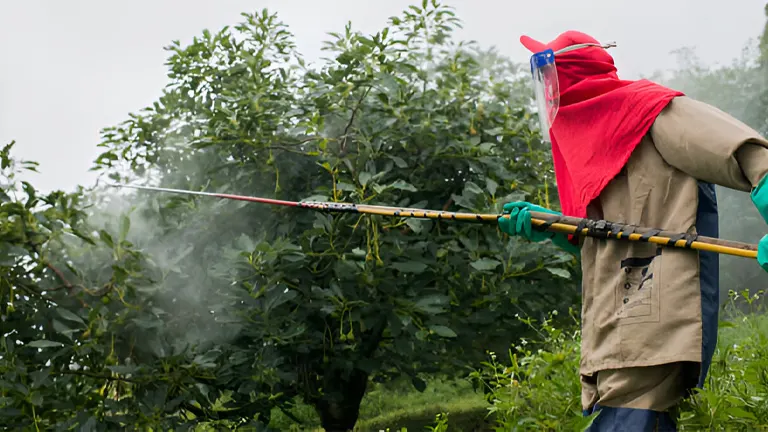
Pesticides control invasive insects and other pests, with options ranging from selective types, which target specific pests, to broad-spectrum ones that can affect a wider range of species. Despite their effectiveness, these chemicals pose concerns, including the development of resistance in targeted species, potential harm to non-target species, and environmental contamination. Therefore, careful application and management are essential to mitigate these risks and ensure ecological safety.
Biological Control
Biological control leverages natural predators, parasites, and pathogens to manage populations effectively. Introducing predators and parasites involves using the natural enemies of these organisms to decrease their numbers. However, this method demands extensive research and monitoring to prevent unintended ecological consequences, such as impacts on non-target species or ecosystems.
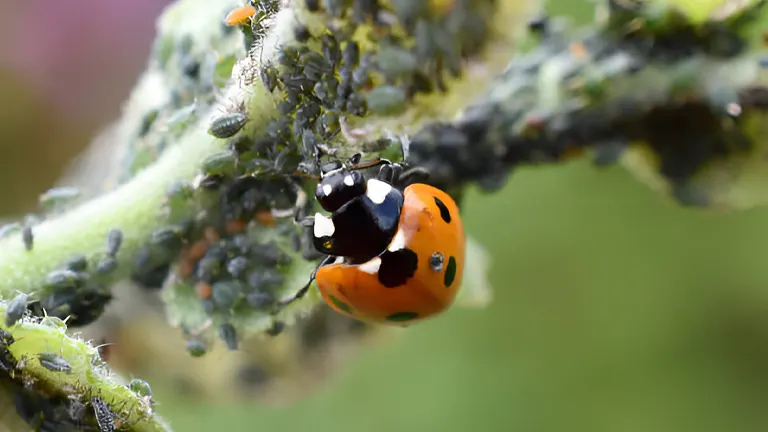
Pathogens, including specific bacteria, viruses, or fungi, can be deployed to infect and control invasive species populations. This approach also requires careful monitoring to avoid harming native species. Case studies demonstrate the success of this method; for instance, the introduction of the Galerucella beetle has effectively controlled the invasive purple loosestrife in certain regions, highlighting the potential for targeted biological interventions.
Cultural Control
Cultural control involves strategies that leverage changes in human behavior and environmental management to combat invasive species. Habitat management focuses on altering ecosystems to make them inhospitable to invaders. This can include adjusting water levels or planting competitive native species to limit resources available to invasive organisms.
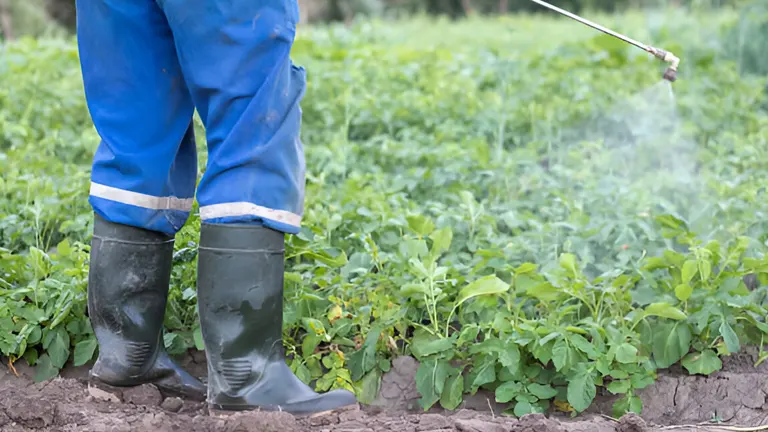
Public education plays a crucial role by raising awareness about the dangers of these species and encouraging practices to prevent their introduction and spread, such as cleaning outdoor gear and boats. Regulations and policies are essential for controlling them by restricting their importation, sale, and transportation. By enforcing these laws, governments can significantly reduce the risk of new invasions.
Integrated Pest Management (IPM)
Integrated Pest Management combines multiple control methods to manage Invasive species sustainably. This approach considers the ecology of the organisms, the environment, and the economic impact of control measures.
- Advantages: IPM reduces reliance on any single control method, minimizing environmental impact and improving effectiveness.
- Implementation: Successful IPM requires collaboration among scientists, land managers, policymakers, and the public.
Challenges in Invasive Species Control
Despite the available methods, controlling invasive species presents several challenges:
- Early Detection and Rapid Response (EDRR): Identifying and responding to invasions early can prevent establishment and spread, but requires effective monitoring and resources.
- Resource Limitations: Controlling invasive species can be costly, requiring significant financial and human resources.
- Ecosystem Complexity: Ecosystems are complex, and interventions can have unintended consequences. Understanding ecological interactions is crucial for effective management.
- Climate Change: Changing climates can alter the distribution of both native and invasive species, complicating control efforts.
Case Studies of Invasive Species Control
Several case studies illustrate the successes and challenges of invasive species control efforts:
- Zebra Mussels: In North America, efforts to control zebra mussels in freshwater systems include chemical treatments, physical barriers, and public education campaigns. These efforts have met with varying degrees of success, highlighting the need for comprehensive approaches.
- Cane Toads in Australia: Introduced to control pests in sugarcane fields, cane toads have become a major invasive species themselves. Efforts to control their spread include trapping and public awareness campaigns.
- Asian Carp in the United States: Various methods, including physical barriers and targeted fishing, are being employed to prevent the spread of Asian carp into the Great Lakes.
The Role of Technology in Invasive Species Control
Advancements in technology offer new tools for managing invasive species:
- Remote Sensing and GIS: These technologies enable the monitoring and mapping of invasive species distributions, aiding in early detection and response efforts.
- Genetic Tools: Techniques such as CRISPR and gene drives are being explored to control invasive populations by altering their genetic makeup.
- Automated Monitoring Systems: Drones and other automated systems can monitor large areas for signs of invasive species, improving detection and response times.
Conclusion
Controlling Invasive species organisms is a complex and ongoing challenge that requires a multifaceted approach. By combining mechanical, chemical, biological, and cultural methods, and leveraging new technologies and community involvement, we can mitigate the impacts of these species and protect our ecosystems. However, continued research, funding, and collaboration are essential to developing effective strategies and ensuring the long-term success of management efforts.
FAQs
- What are invasive species, and why are they a problem?
Invasive species are non-native organisms that spread rapidly in new environments, often causing harm to native ecosystems, biodiversity, and economies. They can outcompete native species for resources, alter habitats, and introduce diseases. - How can invasive species be detected early?
Early detection involves monitoring ecosystems using techniques like remote sensing, field surveys, and community reporting to identify invasive species before they establish and spread. - What are the most common methods of controlling invasive species?
Common methods include mechanical control (physical removal), chemical control (herbicides and pesticides), biological control (using natural predators or pathogens), and cultural control (habitat management and public education). - What role does public education play in invasive species management?
Public education raises awareness about the risks of invasive species and promotes preventative practices, such as cleaning equipment and not releasing pets into the wild, to minimize their spread. - How do biological control methods work?
Biological control involves introducing natural predators, parasites, or pathogens to reduce invasive species populations, requiring careful planning to avoid unintended impacts on native species. - What are the risks associated with chemical control methods?
Chemical control methods, such as herbicides and pesticides, can lead to resistance in targeted species, harm non-target species, and cause environmental contamination, necessitating careful management. - How can habitat management help control invasive species?
Habitat management involves altering ecosystems to make them less suitable for invaders, such as adjusting water levels or planting native species to outcompete invasive ones. - What are some successful examples of invasive species control?
Examples include using the Galerucella beetle to control purple loosestrife in North America and deploying fences and hunting to manage feral animal populations in Australia. - Why is international cooperation important in managing invasive species?
Invasive species often cross borders, so international cooperation is essential to implement consistent policies, share research, and coordinate control efforts to manage invasions effectively. - How can individuals help prevent the spread of invasive species?
Individuals can help by cleaning outdoor gear and boats, not releasing pets into the wild, planting native species in gardens, and reporting sightings of invasive species to authorities.

Evan Bennett
Forestry AuthorEvan Bennett brings over a decade of expertise in forestry wildlife management to the forefront, specializing in habitat conservation, biodiversity, and human-wildlife interaction. Evan's work ensures harmonious coexistence between wildlife and human communities through effective and sustainable practices. Continuously engaging in research and workshops, Evan stays at the cutting edge of wildlife management advancements. As a trusted advisor and contributor to leading environmental journals, Evan is dedicated to preserving the natural world for future generations.



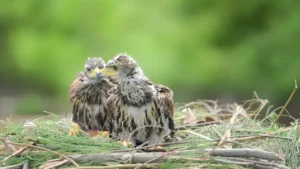



Leave your comment